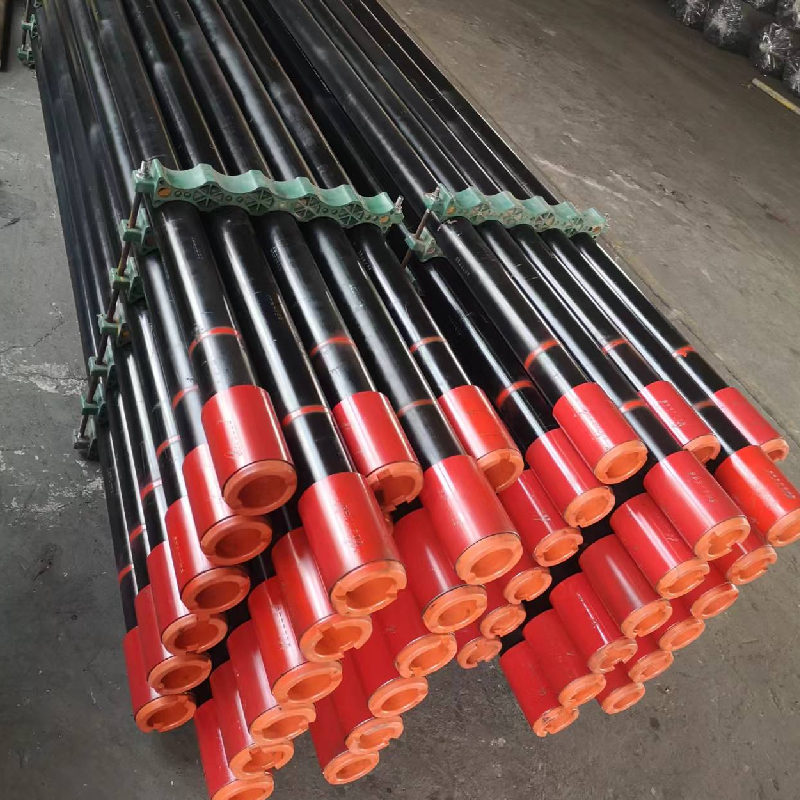- Afrikaans
- Albanian
- Amharic
- Arabic
- Armenian
- Azerbaijani
- Basque
- Belarusian
- Bengali
- Bosnian
- Bulgarian
- Catalan
- Cebuano
- Corsican
- Croatian
- Czech
- Danish
- Dutch
- English
- Esperanto
- Estonian
- Finnish
- French
- Frisian
- Galician
- Georgian
- German
- Greek
- Gujarati
- Haitian Creole
- hausa
- hawaiian
- Hebrew
- Hindi
- Miao
- Hungarian
- Icelandic
- igbo
- Indonesian
- irish
- Italian
- Japanese
- Javanese
- Kannada
- kazakh
- Khmer
- Rwandese
- Korean
- Kurdish
- Kyrgyz
- Lao
- Latin
- Latvian
- Lithuanian
- Luxembourgish
- Macedonian
- Malgashi
- Malay
- Malayalam
- Maltese
- Maori
- Marathi
- Mongolian
- Myanmar
- Nepali
- Norwegian
- Norwegian
- Occitan
- Pashto
- Persian
- Polish
- Portuguese
- Punjabi
- Romanian
- Russian
- Samoan
- Scottish Gaelic
- Serbian
- Sesotho
- Shona
- Sindhi
- Sinhala
- Slovak
- Slovenian
- Somali
- Spanish
- Sundanese
- Swahili
- Swedish
- Tagalog
- Tajik
- Tamil
- Tatar
- Telugu
- Thai
- Turkish
- Turkmen
- Ukrainian
- Urdu
- Uighur
- Uzbek
- Vietnamese
- Welsh
- Bantu
- Yiddish
- Yoruba
- Zulu
Understanding the Benefits and Applications of Seamless Pipes in Modern Engineering
Understanding Seamless Pipes An Essential Component in Modern Industry
In the vast realm of manufacturing and construction, the significance of pipes cannot be overstated. Among the various types of pipes, seamless pipes stand out due to their unique characteristics and advantages. These pipes are manufactured without any welded joints, making them a crucial choice for many applications across different industries. This article delves into the importance of seamless pipes, their manufacturing process, applications, and benefits.
What are Seamless Pipes?
Seamless pipes are hollow tubes that do not have any seams or welds. This lack of a welded joint makes them less prone to failure and leakage, ensuring higher integrity and durability. They are usually produced from high-quality metals like carbon steel, alloy steel, and stainless steel, allowing them to be used in demanding environments.
Manufacturing Process
The manufacturing process of seamless pipes involves a few key steps. Initially, a solid round steel billet is heated to a high temperature and then pierced to create a hollow tube. This tube is further elongated and reduced in diameter by rolling and stretching it, a process known as rotary piercing and elongation. Once the desired dimensions are achieved, the pipe undergoes thermal treatment to enhance its physical properties and further processes like sizing and cutting to ensure precision.
The absence of seams or welds in this manufacturing process is what bestows seamless pipes with their remarkable strength and reliability. These attributes make seamless pipes a preferred choice for high-pressure applications where safety is paramount.
Applications of Seamless Pipes
Seamless pipes are used in a variety of applications across several industries. One of the most prominent is in the oil and gas sector, where these pipes are utilized for transporting oil and natural gas over long distances. Due to their ability to withstand high pressures and harsh environments, seamless pipes serve as a reliable choice for drill pipes, casing pipes, and line pipes.
seamless pipe

In the construction industry, seamless pipes are employed in structural applications, such as scaffolding and frames, due to their strength and resilience. Additionally, they are also used in manufacturing boilers and heat exchangers, as they can efficiently handle high temperatures and pressures.
Seamless pipes are also common in the automotive industry, particularly for parts that require high strength and low weight. Components like chassis, exhaust systems, and frame components are often made from seamless tubing.
Benefits of Seamless Pipes
The advantages of seamless pipes make them indispensable in many industrial applications. One of the primary benefits is their superior strength. Without welds to compromise structural integrity, seamless pipes can withstand higher pressure compared to their welded counterparts. This characteristic minimizes the risk of leaks and failures, ensuring safety in critical applications.
Another significant advantage is their versatility. Seamless pipes can be manufactured in a variety of diameters and lengths, allowing them to be adapted for specific needs. This flexibility is especially vital in sectors like oil and gas, where various requirements can arise based on the environment and application.
Moreover, seamless pipes exhibit better corrosion resistance, particularly when made of stainless steel or other alloy materials. This property is crucial for applications in industries such as chemical processing, where exposure to harsh substances can be a concern.
Additionally, seamless pipes require lower maintenance over time. Their durability reduces the likelihood of frequent replacements and repairs, thus lowering overall operational costs for businesses. This aspect is especially appealing in industries where downtime can lead to significant financial losses.
Conclusion
Seamless pipes play an essential role in modern industrial applications, thanks to their durability, strength, and versatility. Their unique manufacturing process ensures that they can withstand the rigors of high-pressure environments, making them a preferred choice in critical sectors such as oil and gas, construction, and automotive manufacturing. As industries continue to evolve and demand higher standards of safety and reliability, the importance of seamless pipes will undoubtedly grow, further cementing their place as a fundamental component in the infrastructure of the modern world.
-
Tubing Pup Joints: Essential Components for Oil and Gas OperationsNewsJul.10,2025
-
Pup Joints: Essential Components for Reliable Drilling OperationsNewsJul.10,2025
-
Pipe Couplings: Connecting Your World EfficientlyNewsJul.10,2025
-
Mastering Oilfield Operations with Quality Tubing and CasingNewsJul.10,2025
-
High-Quality Casing Couplings for Every NeedNewsJul.10,2025
-
Boost Your Drilling Efficiency with Premium Crossover Tools & Seating NipplesNewsJul.10,2025







